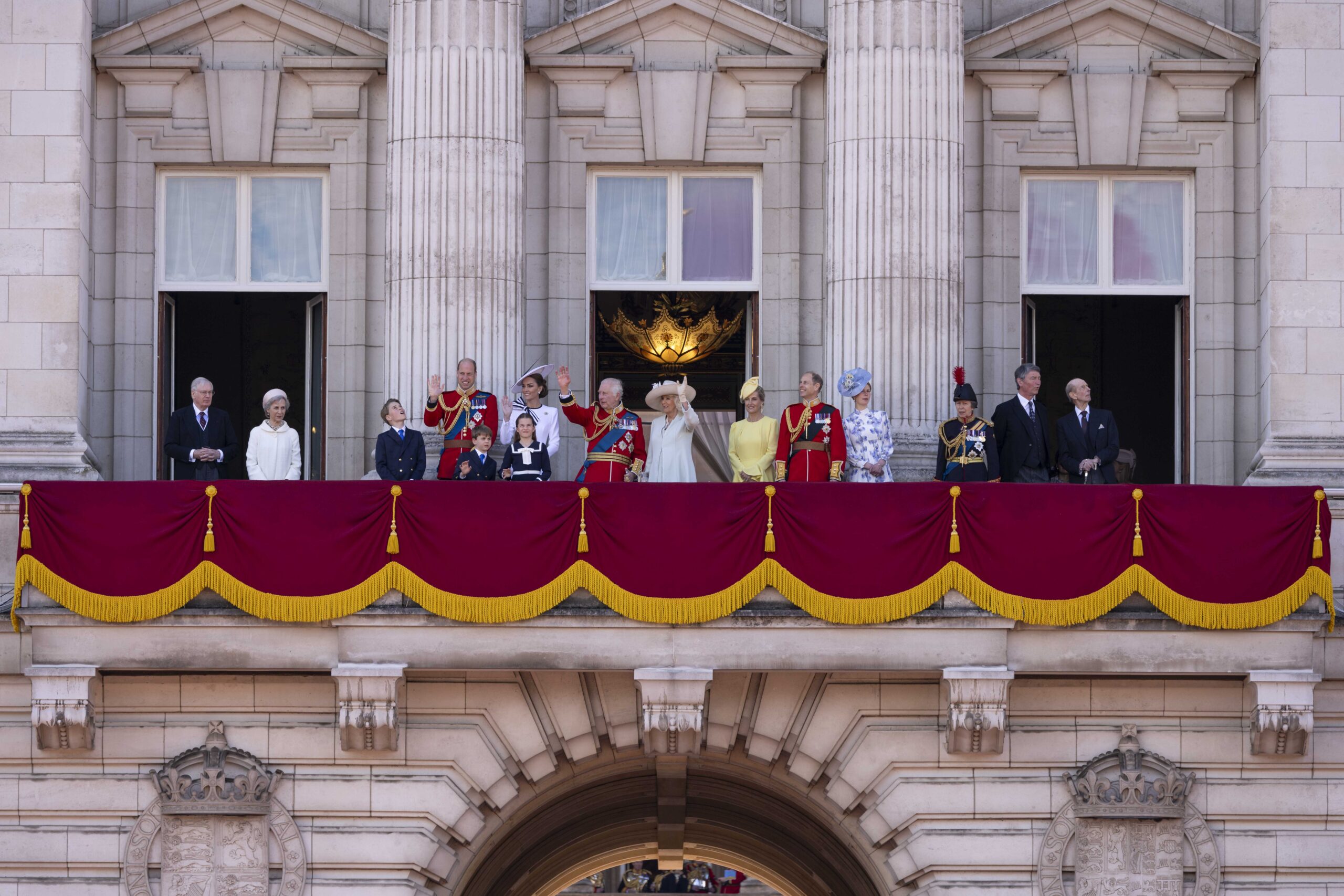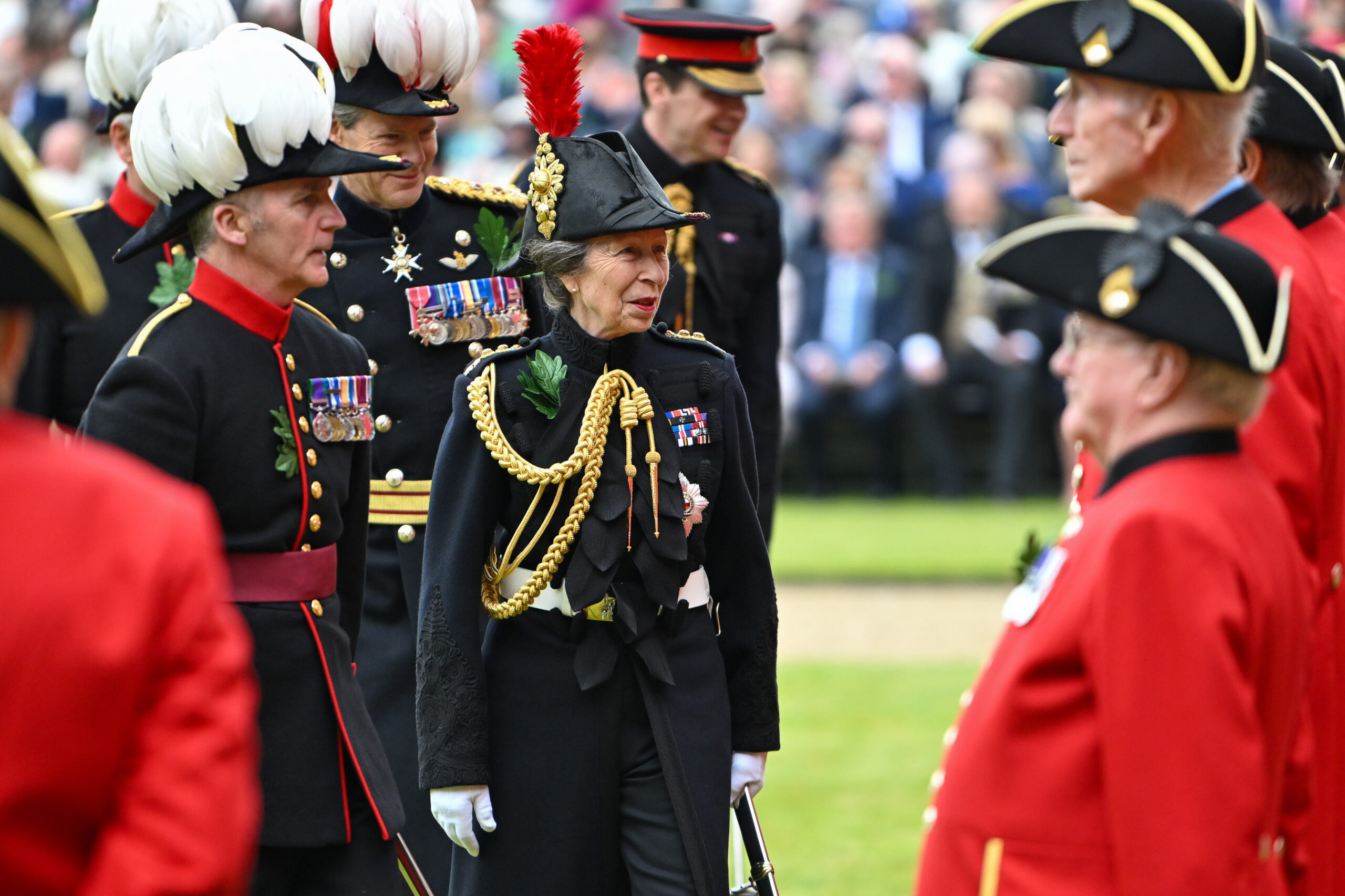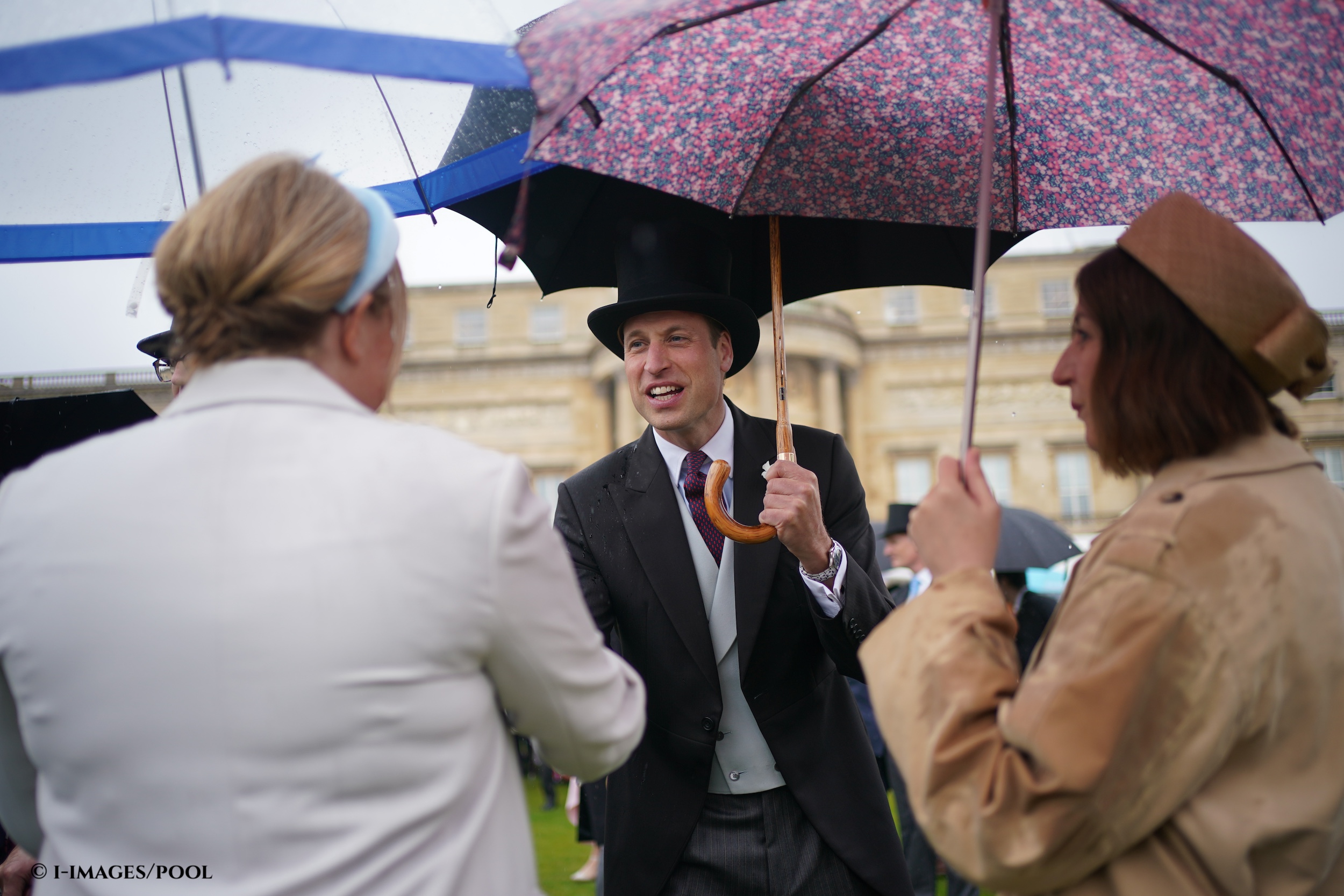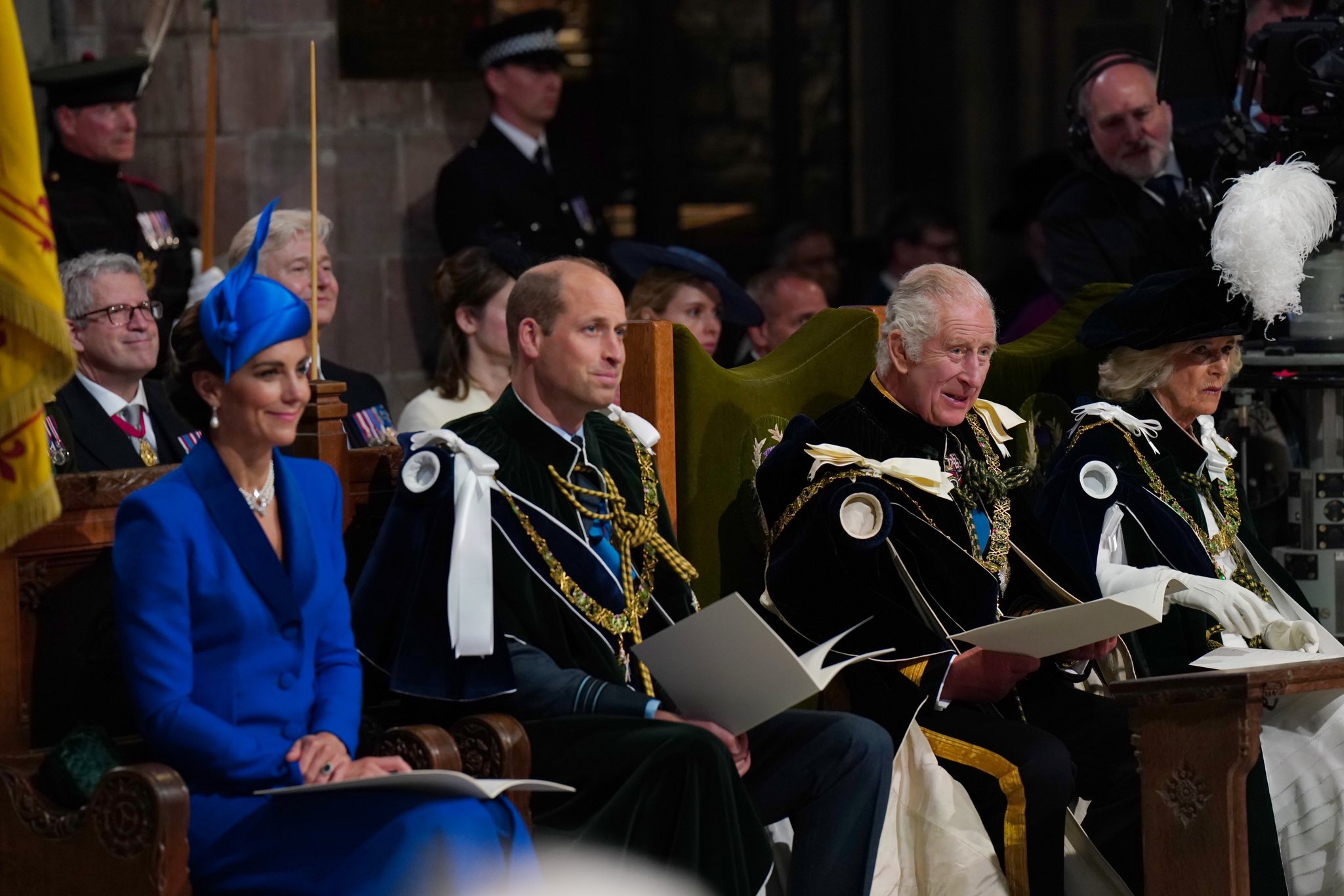Exeter’s Riding for the Disabled branch received a royal visit from Princess Anne yesterday, celebrating their 50th birthday, before she visited Plymouth’s Marine Laboratory.

The Princess Royal visited the Exeter branch of the charity to commemorate the group’s 50th anniversary. Riding for the Disabled works with disabled people across the UK and pairs them with horses which are believed to have a therapeutic effect on the mental side effects, which often accompany many disabilities.
The Princess Royal talks with people from the Riding For Disabled Association near Exeter. pic.twitter.com/xcdrs4wDWn
— Jane Chandler (@janemchandler) July 14, 2017
Anne cut a cake and discussed the group with a group of disabled riders; she also unveiled a plaque dedicated to Riding for the Disabled’s 50 year anniversary, and was taken on a tour of the group’s venue at Oakland’s Riding School.
Riding for the Disabled’s Exeter branch chief, Bob Gaiger, said “It is a great honour for us to have Princess Anne come and visit us. It is a celebration of the last 50 years and a thank you to the volunteers and riders; it is a very special day.”
The charity in Exeter started life 50 years ago as the Powderham Castle Group when Elizabeth Burne, with The Earl and Countess of Devon, established a retreat for children with disabilities from across the region. The riding school at Powderham Castle was used as the venue, and horses were supplied by Powderham Saddle Club.
Anne also visited Plymouth Marine Laboratory, where she was met by Sir James Burnell-Nugent, the chairman of the laboratory, and PML’s chief executive Professor Stephen de Mora. They took the Princess and other invited guests on a guided tour of the laboratory, highlighting its world-class marine research and its plans for the future. The researchers talked to Anne about how they are working on solutions to creating sustainable seas around the world.
Today we were honoured to welcome HRH Princess Anne, the Princess Royal @RoyalFamily https://t.co/1xxLy0Q7dW pic.twitter.com/K9LBuaG3uI
— Plymouth Marine Lab (@PlymouthMarine) July 14, 2017
The Princess Royal was given a demonstration of the Flow Cytometer Facility, which measures and counts micro-organisms such as bacteria, algae and viruses, and the world’s most powerful atomic force microscope that allows scientists to see individual strands of DNA.





